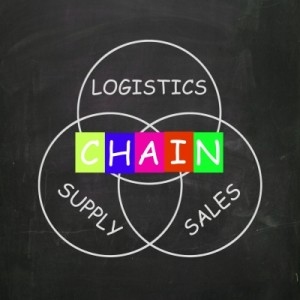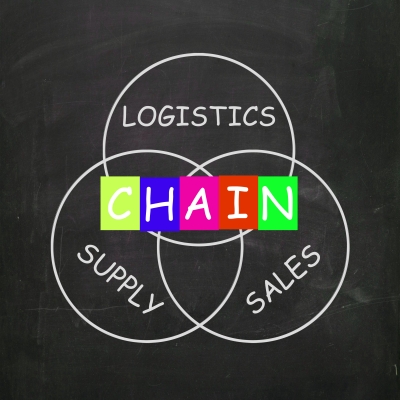 The Philippines is instituting reforms to improve transparency, procurement processes, and budgeting systems to cut steps in business processes. This is in keeping with the Asia-Pacific Economic Cooperation (APEC) aim for a 10% improvement in supply chain performance in terms of time, costs and uncertainty by 2015, according to Department of Foreign Affairs Undersecretary for Economic Relations Laura Del Rosario in a presentation during last week’s Philippine Business Conference.
The Philippines is instituting reforms to improve transparency, procurement processes, and budgeting systems to cut steps in business processes. This is in keeping with the Asia-Pacific Economic Cooperation (APEC) aim for a 10% improvement in supply chain performance in terms of time, costs and uncertainty by 2015, according to Department of Foreign Affairs Undersecretary for Economic Relations Laura Del Rosario in a presentation during last week’s Philippine Business Conference.
Under the Supply Chain Framework Action Plan, APEC adopted a quantitative target of improving the performance of time, cost and uncertainty of supply chain performance by 10% by 2015, a target APEC leaders first committed to under the 2010 Yokohama Vision.
Del Rosario noted the “aggressive filing of cases against tax evaders,” and the focus by the National Competitiveness Council of the Department of Trade and Industry on projects to ease doing business in the country are just some of the measures being instituted for alignment to the APEC goal.
Moreover, the government is continuing work on legislation to push fiscal incentives rationalization, tax incentive management and transparency, and customs modernization, she said.
The draft Customs Modernization and Tariff Act, for one, is slated for approval by the Lower House this week and will be sent to the Senate soon after, according to Representative Romero Quimbo, chair of the Lower House Committee on Ways and Means, who also spoke at the Philippine Business Conference.
Del Rosario said the government is similarly reviewing and developing related policies to fast track Customs practices, facilitate transshipment of cargoes through various modes, and enable foreign shipping services along the entire multimodal chain.
At the same time, she noted the government’s vision to reduce shipping costs by 15% in 2016 and lower costs of supply chain by 10% next year.
The Philippine National Single Window is being refined, too, for “less human intervention, more technology use, more transparency, and less corruption”, she said.
Since supply chain connectivity includes IT infrastructure, Del Rosario said national broadband and Internet exchange plans are among the other priorities of government, which “sees supply chain connectivity as a tool in building economy, competitiveness, procurement, and resilience.”
The APEC has identified eight chokepoints to the flow of goods, and is taking measures to counter them, said Del Rosario.
These choke points are lack of transparency, inefficient or inadequate transport infrastructure, lack of capacity of local and sub-regional logistics providers, inefficient clearance of goods, lack of efficient customs documentation, problem with regulation and standards, underdeveloped multimodal transport capabilities, and problem with regional cross boarder-transit agreements.
In November, APEC will launch at a summit in Beijing the Customs 3M Plan enhancing mutual recognition, assistance, and sharing in custom procedures.
APEC is also working on a database on service trade access requirements, which Del Rosario said is a “business-friendly online tool to help service providers take advantage of new export opportunities.”
The association is likewise working on creating an alliance for supply chain connectivity that will advise and assist in capacity building to improve supply chain performance in the region.
APEC member-countries include Australia, Brunei, Canada, Chile, China, Hong Kong, Indonesia, Japan, Malaysia, Mexico, New Zealand, the Philippines, Russia, Singapore, Thailand, United States, Papua New Guinea, Peru, South Korea, Taipei, and Vietnam. – Roumina Pablo
Image courtesy of Styart Miles at FreeDigitalPhotos.net





